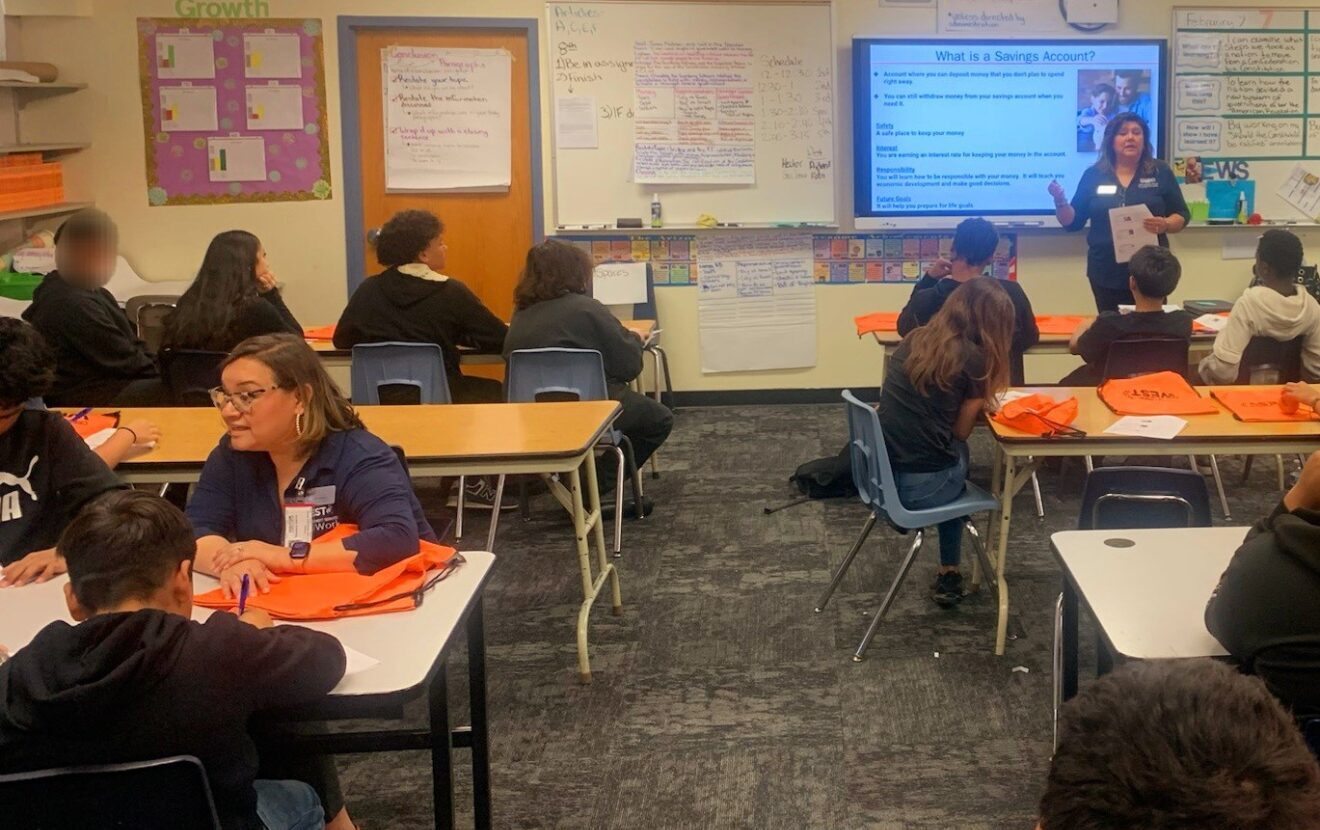In today’s competitive banking landscape, offering a $5 incentive to open a youth account no longer cuts it. While such gestures once enticed new members, they fall short in an era where parents are more focused on lasting value and expert resources. With customer acquisition costs surging by 222% in recent years, credit unions must do more than offer a one-time gift to capture attention. Traditional banks now pay $750 to acquire new customers whose lifetime value is about $4,500. This underscores the need for credit unions to shift their strategy toward offering meaningful, ongoing value that helps build financial habits and lasting relationships. A small gift doesn’t address the financial needs of modern families nor does it foster the kind of long-term loyalty that credit unions need to thrive in an increasingly digital world.
Families want more than a one-time incentive
Millennial parents raising Gen Alpha children aren’t simply looking for small monetary rewards. They want digital tools and resources to help teach their kids about budgeting, saving, and spending responsibly. For instance, searches for chore and allowance apps have risen 65% year-over-year, pointing to the growing demand for solutions that foster long-term financial literacy.
A $5 gift might have been enticing in the past, but it’s no longer enough to bring families through the door to open accounts (even online). Parents are seeking financial education tools they can use regularly with their children, not just a one-time deposit. To meet these needs, credit unions must offer something more—a platform that families can integrate into their daily lives and find value in repeatedly.
The risk of generational wealth loss
Another pressing challenge for credit unions is the loss of generational wealth. The average age of members is over 52, and many younger family members are moving their money elsewhere, often to larger banks with more advanced technology. A one-time gift does little to combat this issue, as it does not foster the kind of long-term engagement needed to build a relationship with future generations.
Studies show that it is 5-25 times cheaper to retain an existing customer than to acquire a new one. Early engagement is essential for building long-lasting relationships, but without offering meaningful resources, credit unions risk losing out on younger customers altogether. Credit unions need to move beyond short-term incentives and provide the tools that millennials and their children are actively seeking.
How digital tools and valuable content build lasting relationships
Rather than relying on one-time incentives like a $5 gift, credit unions can strengthen their relationships with families through digital financial education tools and expert content. Millennials are digital natives who expect seamless integration of technology in all areas of life—including their banking. Offering tools like a branded digital chore and allowance app helps financial institutions embed themselves into the family’s financial routines, building trust and loyalty over time.
However, digital tools alone aren’t enough. Families also crave expert guidance and valuable content that evolves with their children’s financial needs. Parents want resources that help them teach budgeting, saving, and smart spending, all while staying up to date with the latest financial literacy trends. Financial institutions that consistently provide expert resources are more likely to establish a lasting presence in families’ financial journeys. Research shows that 95% of kids are more likely to remain loyal to brands that provide positive experiences. A well-designed financial education app, paired with ongoing valuable content, helps families manage allowances, track chores, and build savings goals, allowing financial institutions to become trusted partners for the long term.
Financial education in low-income communities
The importance of financial literacy extends even further in underserved, low-income communities, where access to financial education is often limited. In a study we conducted, children in low-income aftercare facilities who used our financial literacy app for just two minutes a day saw a 13% improvement in their financial literacy scores within 30 days. This highlights the importance of providing sustained financial education tools, particularly in communities where it can have a profound impact.
These tools not only benefit the children using them but also deepen the relationship between financial institutions and families. By engaging families early with resources that teach saving, budgeting, and smart financial decision-making, banks and credit unions can create long-term community ties that a one-time $5 incentive simply cannot achieve.
From transactional to transformational engagement
A $5 incentive might seem like a simple way to attract families, but it no longer meets the needs of modern parents or helps financial institutions build the deep, long-term relationships they require to succeed. Families today want tools and expert resources that can help their children learn the value of money in meaningful, everyday ways.
At My First Nest Egg, we provide financial institutions with turnkey youth financial education programs that include not just chore, allowance, and financial literacy tools, but also expert content designed to keep families engaged month after month. Our partners receive valuable resources such as financial literacy tips, educational materials, and seasonal activities to ensure that families continue to find value. These resources offer far more than a one-time $5 gift, helping credit unions build lasting relationships with families and secure generational wealth.







